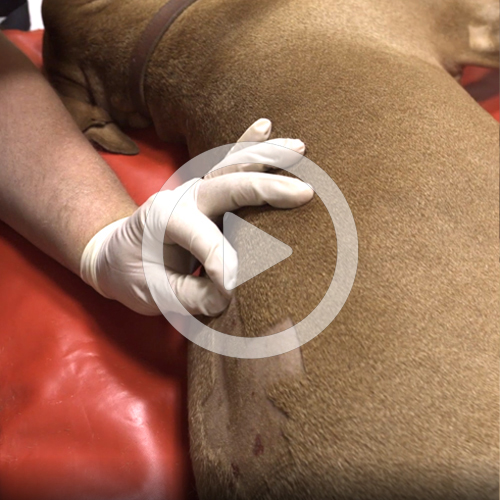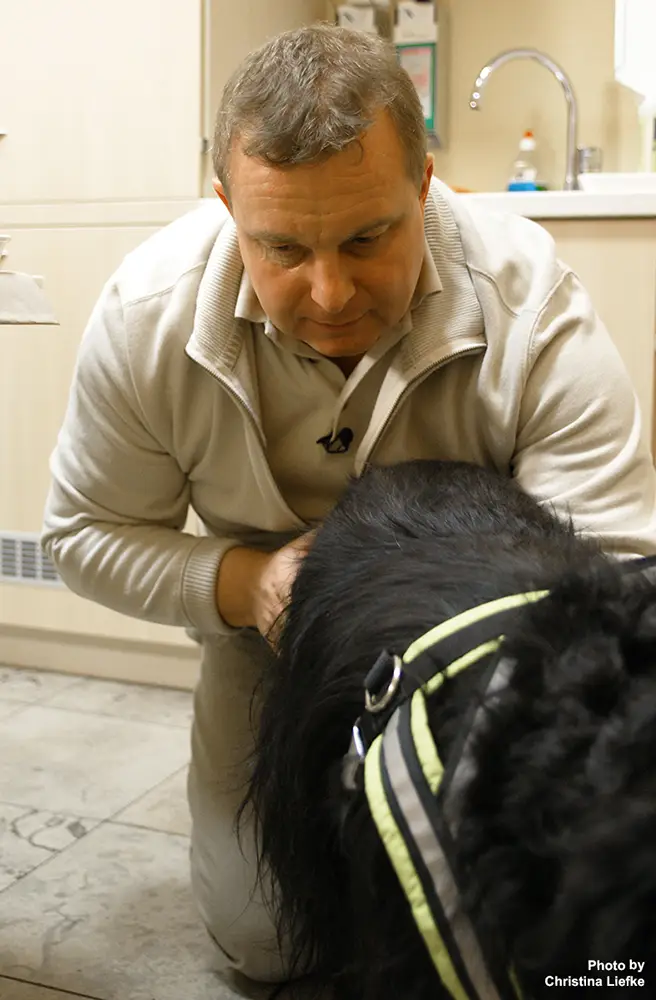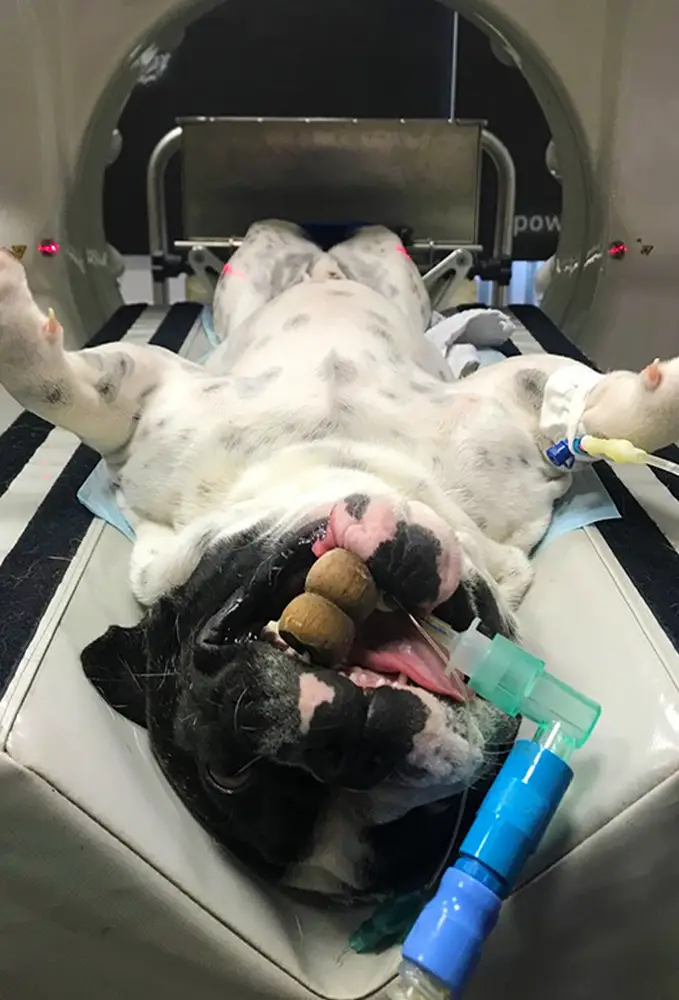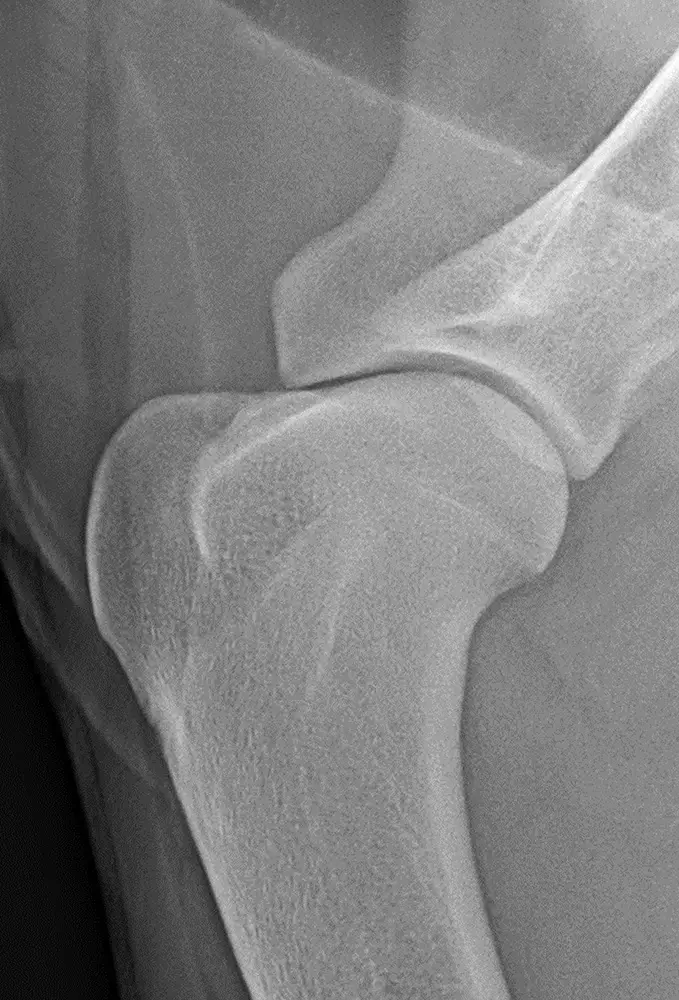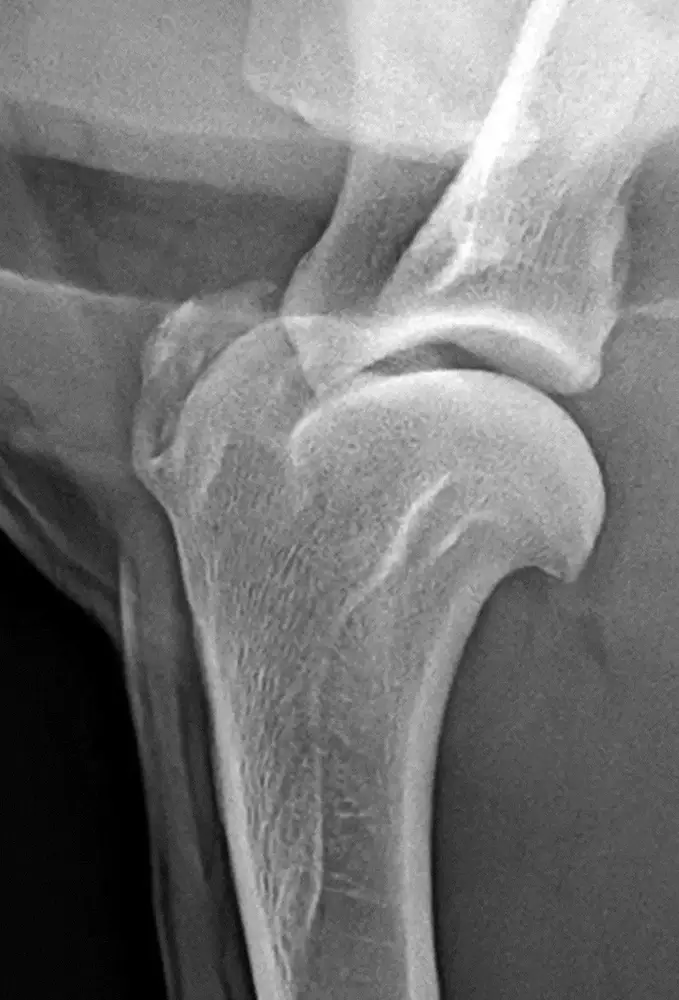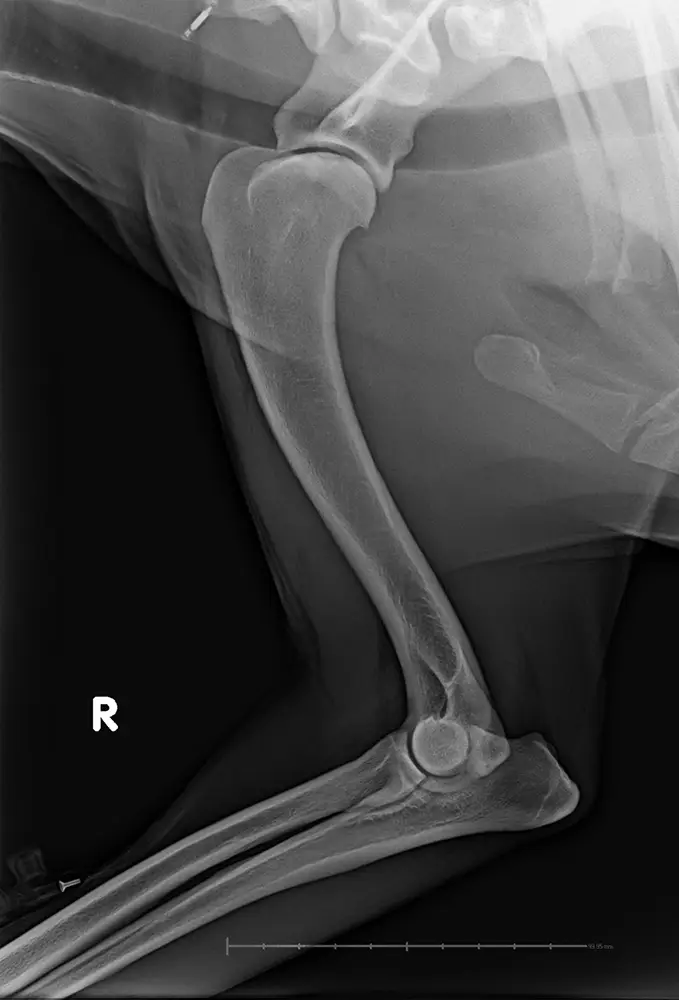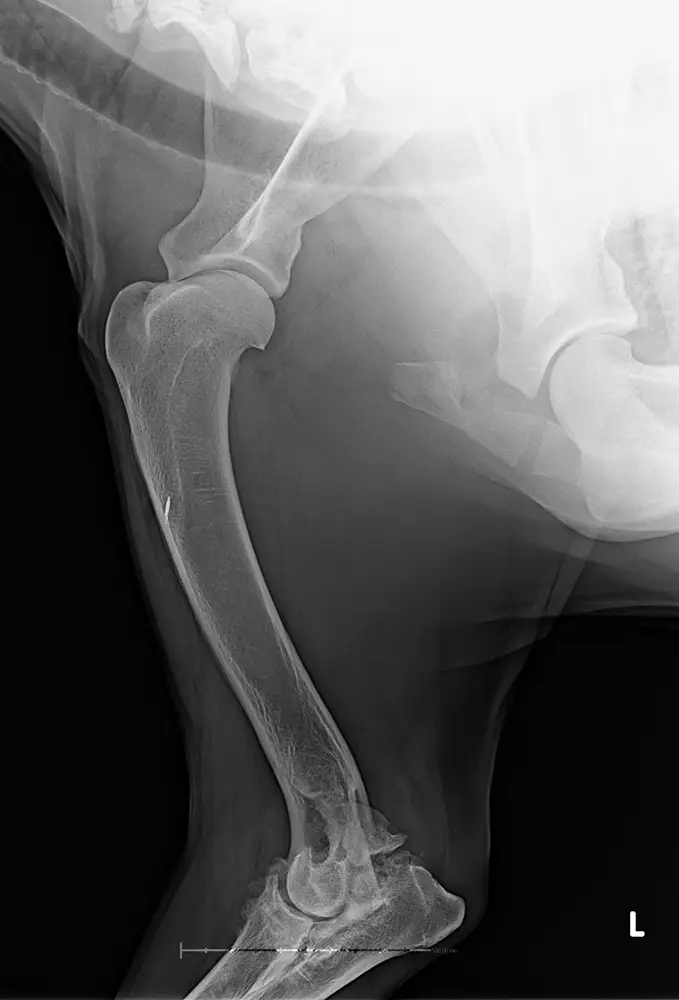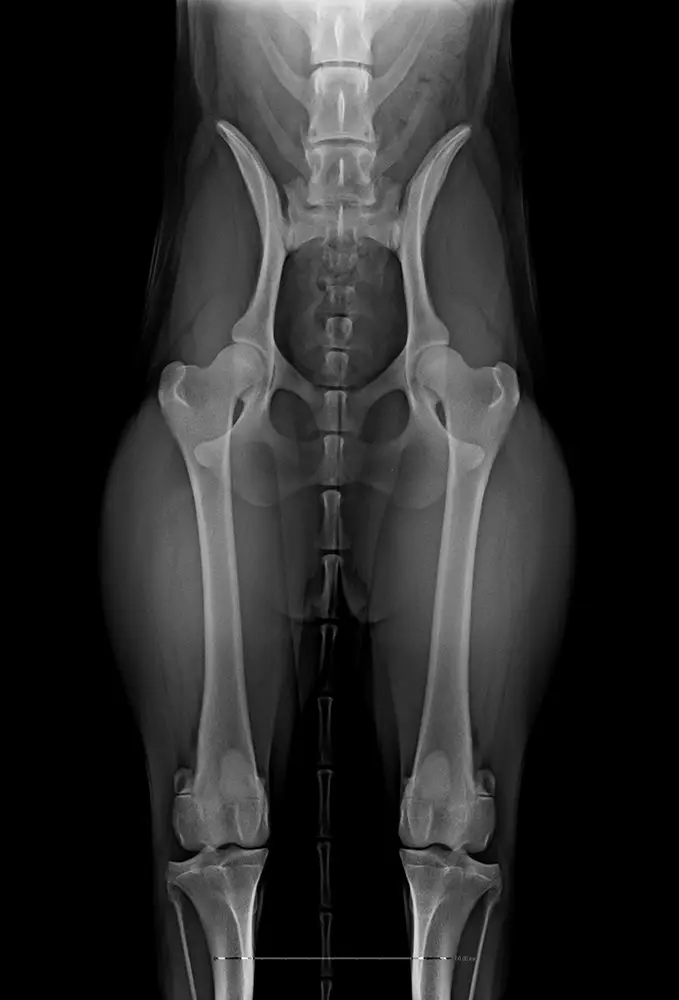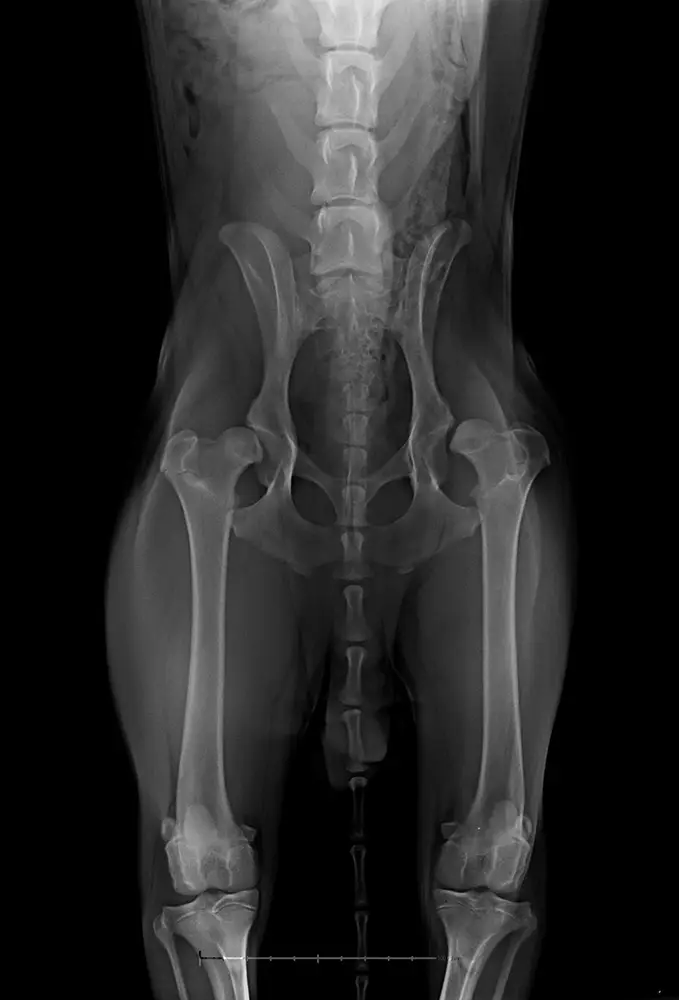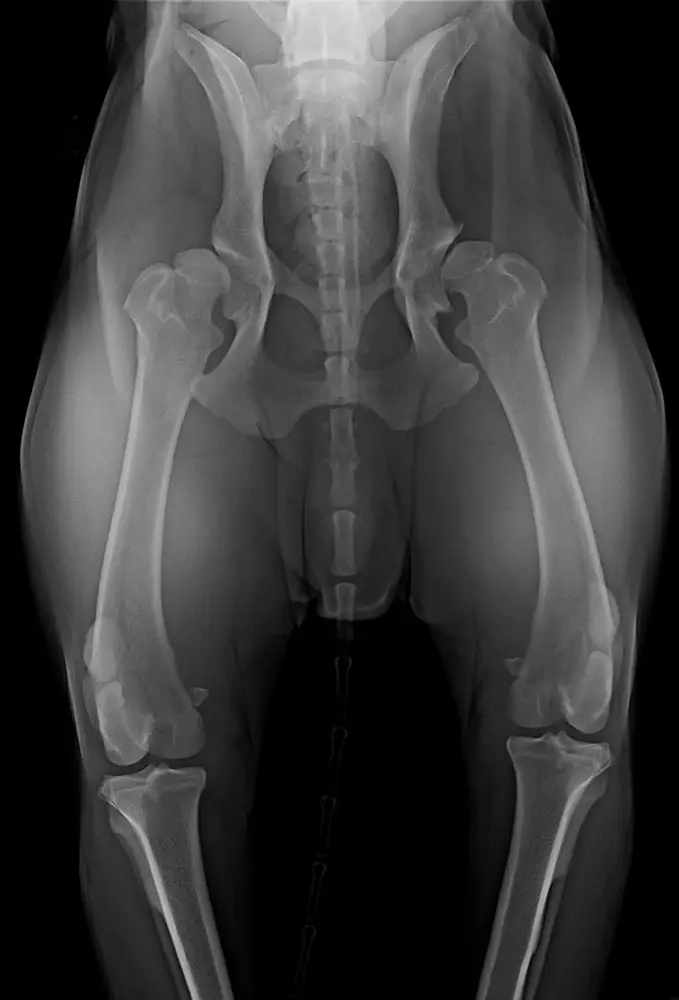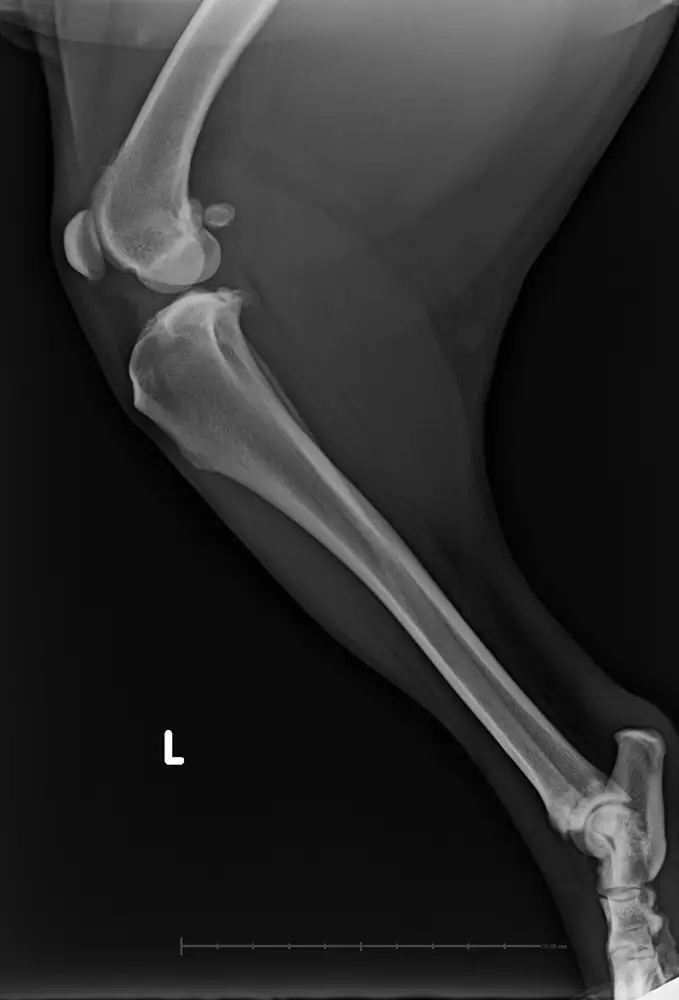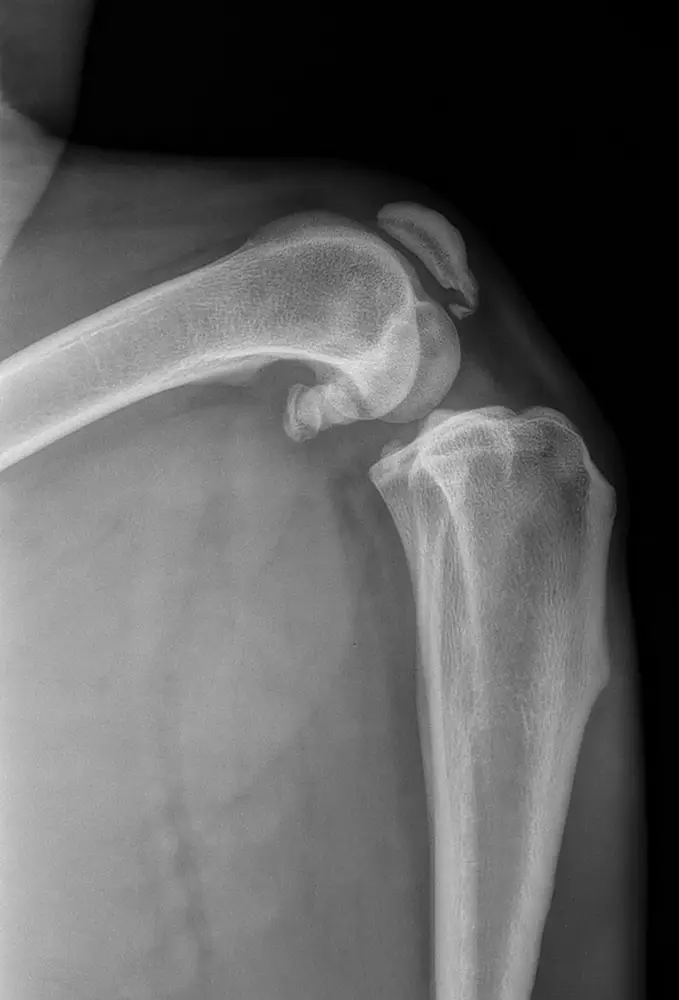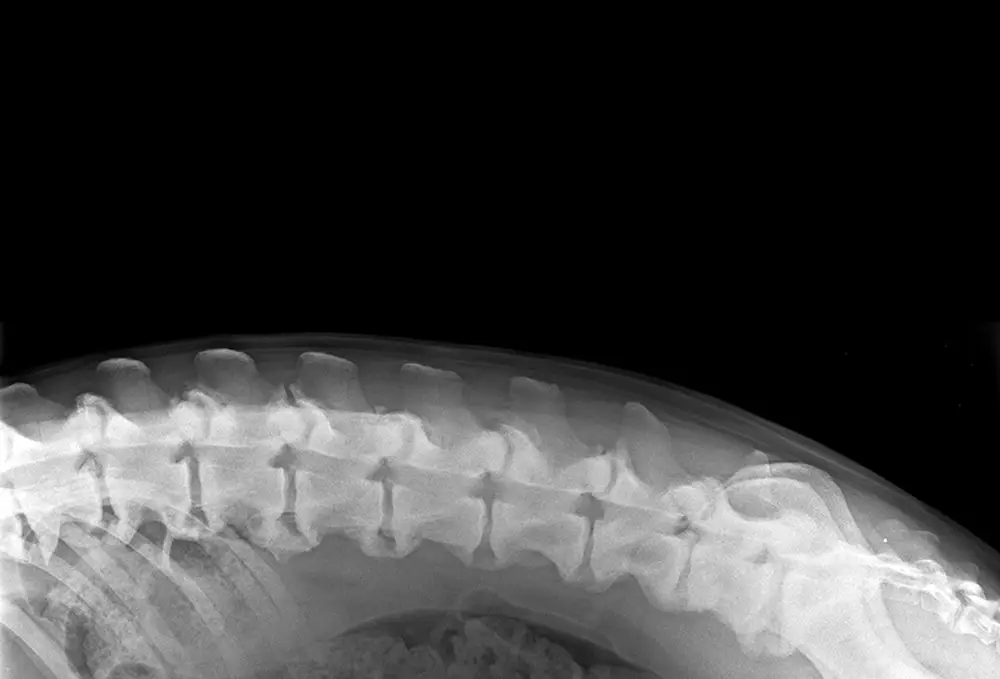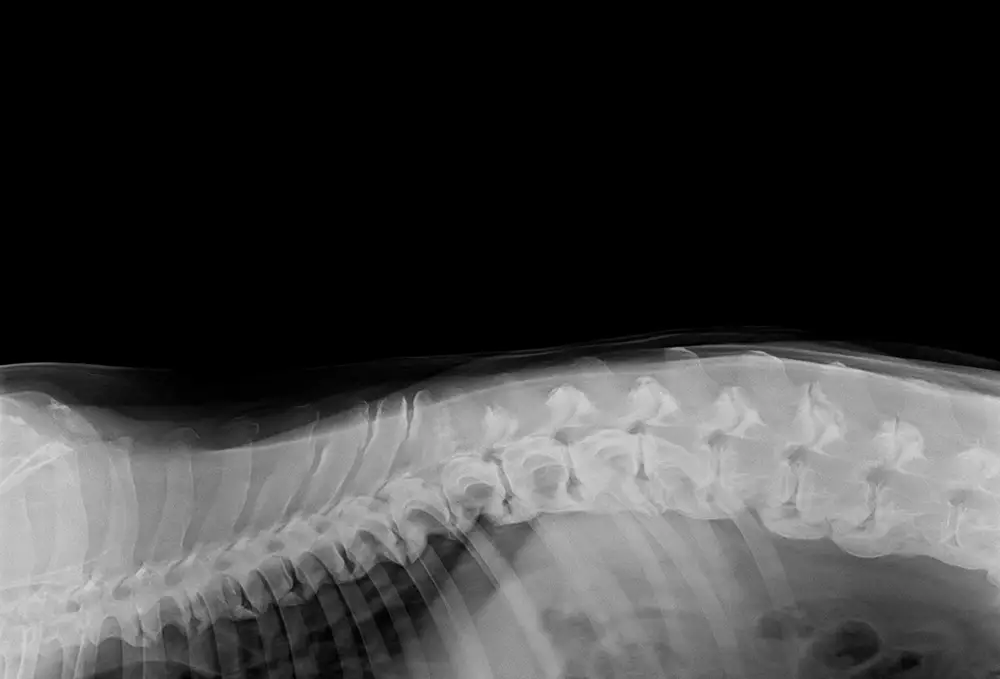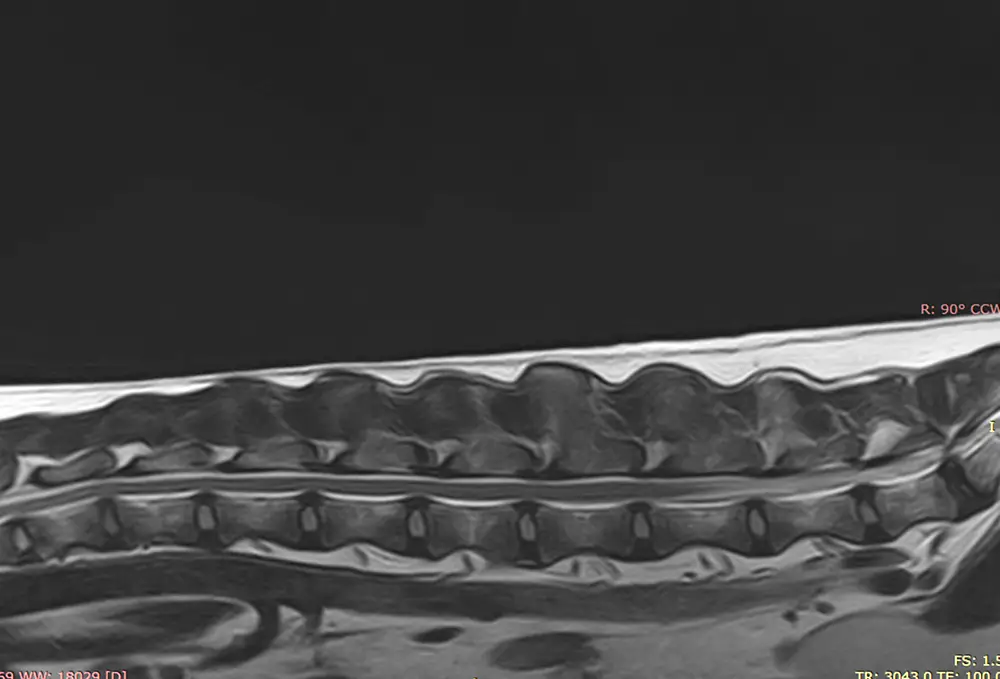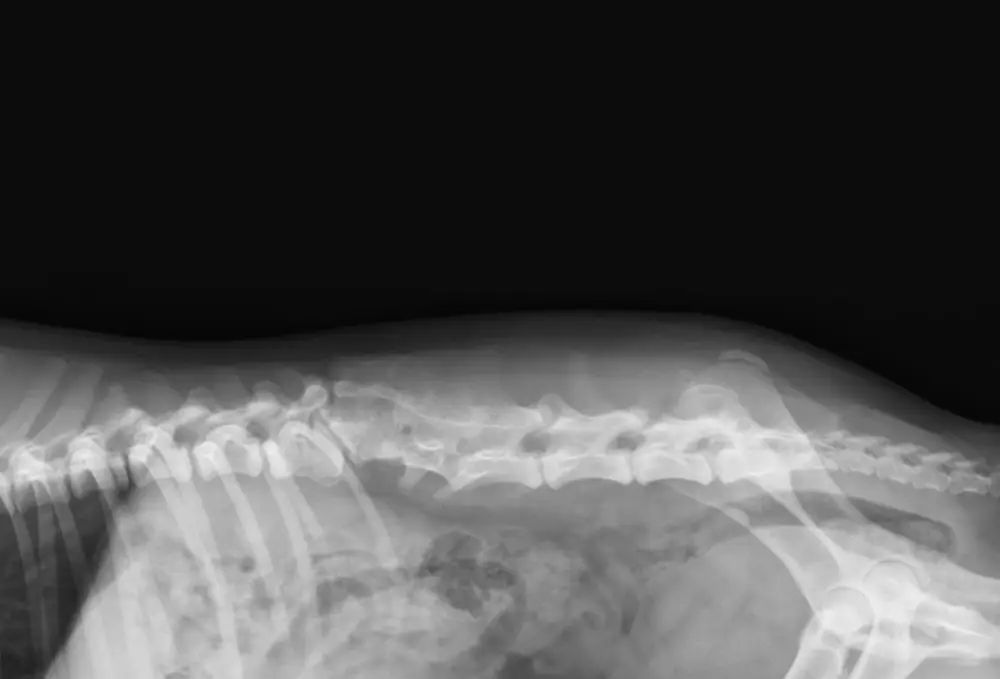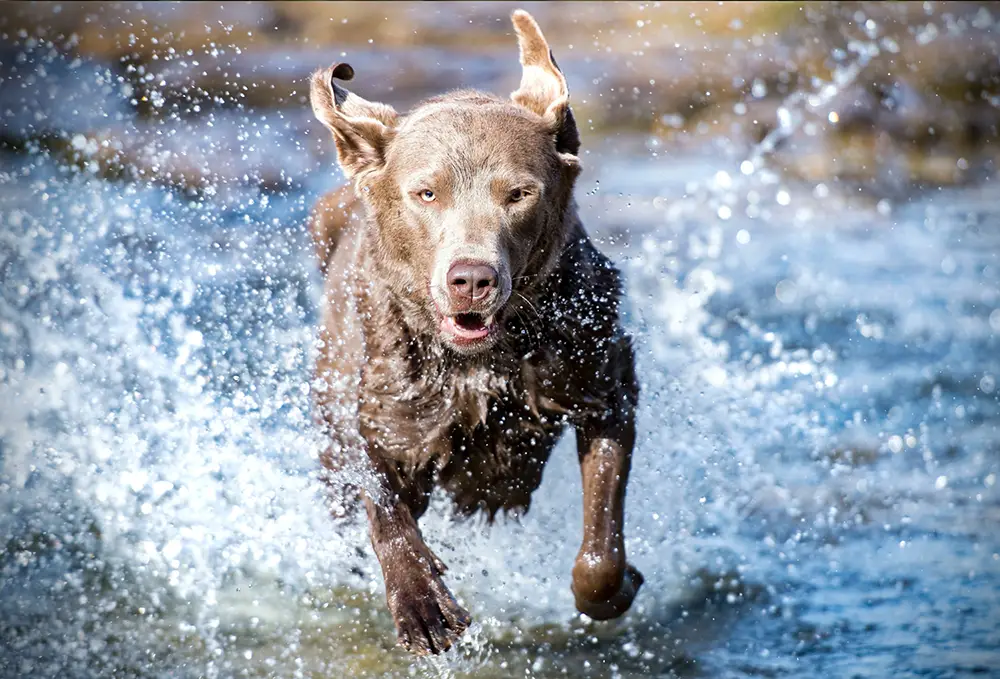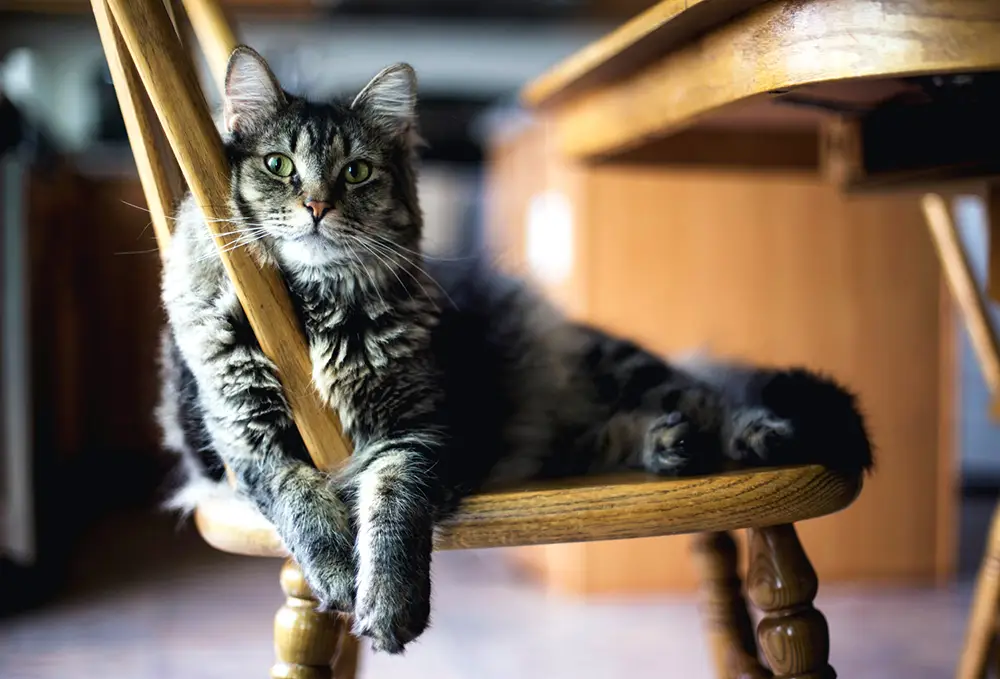
Goldacupuncture
»Peter Rosin - Specialized in gold acupuncture since 1997 | More information about Peter Rosin
»Nicole Grenzendörfer - Specialized in gold acupuncture since 2001 | More information about Nicole Grenzendörfer
Definition
History
According to the classical understanding of TCM, gold acupuncture is defined as acupuncture using gold acupuncture needles. In modern times, gold acupuncture describes the placement of permanent implants in acupuncture points to remain permanently in the patient's body.
Technique
Not only fine gold implants are used, but also implants made of platinum, white gold and silver. The decision on which implant material to use is usually made after kinesiology testing of the patient.
Mode of action
As the implants remain in place at the acupuncture points, a mechanical “conflict” occurs between the non-elastic implant and the elastic tissue when the patient moves. This creates an acupuncture stimulus. If the patient is at rest, there is no stimulus. This circumstance ensures that a patient cannot be overstimulated and thus receive acupuncture stimuli that may be too strong.
Introduction
The method was developed in the USA by DVM Terry E. Durkes at the end of the 1970s and has since been carried out on tens of thousands of dogs in the United States, Denmark and Switzerland. Since the mid-nineties, it has also been practiced in Germany with resounding success.
Dogs and cats with hip, elbow, knee or spinal problems, for example, are successfully treated at the Rosin Veterinary Practice using a modified method that can be understood as holistic orthopedics. The success of gold acupuncture lies in the comprehensive diagnostics. This aims to record all relevant pain situations in the patient's entire musculoskeletal system, which is ensured by a thorough preliminary report, a careful gait analysis and a subsequent trigger point examination.
For further diagnostics (“link video diagnostics”), we use digital X-ray technology, pulse diagnostics and, if necessary, MRI/CT examinations. Chronically painful patients choose a pain-relieving posture (pass / twist / lameness) that changes the entire movement sequence: The primary pain situation (congenital HD) results in a relieving posture, which in the best case puts the adjacent joints under increased strain with every step (e.g. the stifle joint or the transition from the sacrum to the lumbar spine). In the case of hip joint dysplasia, for example, the necessary thrust from the hindquarters is missing (in the physiological case approx. 70%) and the forelimb has to perform more with every step than it is able to do due to its predisposition.
Inevitably, the forelimbs are initially overloaded (first the elbow, then the shoulder). If the muscles and joints have been incorrectly strained for many years, the body tries to compensate for this imbalance, whereby arthrosis develops in the heavily loaded joints and permanent overloading can occur.
As a result, hip joint dysplasia develops into a painful disease that can affect large parts of the musculoskeletal system and sometimes only manifests itself through visible lameness in the forelimbs. The first changes in the gait pattern are often overlooked or underestimated.
This is where gold acupuncture successfully comes in to play: all pain-relevant areas of the musculoskeletal system are identified and treated. Unfortunately, this usually involves more than just an obviously lame leg.
Mode of action
By stimulating the acupuncture points, the body's own pain-regulating substances are increasingly released (e.g. endorphins), which “raise” your dog's pain threshold so that the chronic pain is no longer perceived by the dog.
Furthermore, acupuncture relaxes the muscles that are chronically tense due to the disease and thus eliminates pathological and painful muscular feedback mechanisms. The muscles can be gradually rebuilt, if necessary with the help of physiotherapeutic measures. As a result, the dog gives up the protective posture it has often practiced for years and the movement pattern normalizes partially or completely, depending on the severity of the disease.
This process of restructuring and rebuilding the musculature usually takes 3 - 4 months. During this time, support through physiotherapy or supplementary feed is sometimes useful. Acupuncture also normalizes the tissue pH value in the area of inflammation.
A physiological tissue environment is created in which substances that trigger and transmit pain sensations, which arise in the course of inflammation, can no longer attack the nerve membrane.
Preliminary examinations
We begin with a thorough preliminary examination, which consists of a detailed preliminary report, a gait analysis, a trigger point examination and a consultation. The gait analysis includes the recording of all gait changes, relieving postures and lameness of the patient at a walk and trot.
The trigger point examination is a manual examination for pain situations with the aid of special acupuncture points, the trigger points. Trigger points are small hardenings in a muscle, so-called “cramped zones” of the musculature. Affected muscle areas can no longer participate in the normal tension and relaxation of the muscle.
In the long term, this leads to a shortening of the corresponding muscle. This leads to a radiation of pain, which is usually associated with other functional disorders in the musculoskeletal system. Trigger points are activated directly by acute overload, fatigue, a relaxed posture, overwork or even direct trauma.
The patient is then weighed and undergoes an examination of the cardiovascular system, and the dog is given a venous catheter so that a sedation (“light anesthesia”) can be induced. The necessary X-ray images are then taken digitally and, if necessary, further imaging measures such as digital volume tomography (DVT / HD-CT) are used.
Inserting the gold implants
After gauging up all the findings, the acupuncture points are then treated with implants. These can be located either close to the joint or far away from the disease (e.g. between the toes). The affected areas are shaved, carefully cleaned and disinfected. Using a specially developed injection technique and an injection device manufactured exclusively for this technique, the gold or, in some cases, platinum or other implants are placed at acupuncture points in the muscles or under the skin to improve the pain situation of the affected joints.
Alternatively, a method is also used in which the areas are prepared using incisions, the implants are placed at acupuncture points that are usually located deeper using a special hollow needle system and the incisions are then closed with sutures. The implants consist of 24-carat gold or platinum wire cut into pin-shaped wire pieces.
The gold or platinum wire pieces grow into the tissue without any further problems and remain in their desired position for the rest of the patient's life. As with all foreign materials that are inserted into the body, implants can also change their position. However, they only do so with a probability of around 1 per thousand. This method is minimally invasive and does not cause the patient any surgical pain. Depending on the severity of the condition, the procedure usually takes between 2 and 4 hours, including preliminary examinations.
The sedation is reversed at the end of the procedure, the dogs get up without any problems, may remain somewhat sleepy during the day, but usually leave the practice on their four paws again.
Informations PDF
»Procedure for gold acupuncture
»Dealing with your pet after gold acupuncture
»Overview information sheets
Indications
Shoulder joint
These occur relatively rarely, as the shoulder joint has several directions of movement and can therefore compensate overloading more easily. Shoulder pain usually relates to
- Osteochondrosis dissecans (OCD)
- Problems with the biceps groove
- Inflammation of the original tendon of the triceps
If the elbow is spared, the chronic muscle tension also leads to functional overloading of the shoulder joint.
Elbow joint
The elbow joint dysplasia (ED) complex and other diseases of the elbow include several different malformations of the elbow joint, such as
- Isolated Processus anconaeus (IPA)
- Fragmented coronoid process (FPC)
- Osteochondrosis dissecans (OCD)
- Incomplete ossification of the condyle humeri (IOCH)
- Metaplasia in the flexor tendons attached to the medial epicondyle (MEHB)
Elbow joint arthrosis is caused by chronic overloading of the elbows. In a dog with healthy hips, 70% of the thrust during forward movement comes from the hindquarters. If this is painful, more of the thrust comes from the forequarters. As the elbow can mainly move “forwards” and “backwards”, it tends to develop osteoarthritis more quickly than other joints that can compensate for overloading in several directions. In many cases, the pain is directly related to the muscles responsible for the movement (biceps and triceps). The muscles in these areas are often hardened and swollen due to the adopted protective posture. In many cases, this is accompanied by inflammation of the muscles and the biceps tendon and is extremely painful.
Hip joint disease
They are one of the main areas of application for gold acupuncture. Not only medium-sized and large dog breeds such as Labradors and other Molossian breeds, golden retrievers, Great Danes, Newfoundlands, mountain dogs and sheepdogs are affected by hip dysplasia, but also small breed dogs.
The hereditary disease painfully impairs the dog's mobility. If the disease progresses, it can lead to chronic pain and even paralysis. Hip dysplasia “HD” ("Link Video Hip laxity) is a congenital disease in which the hip joint socket and the head of the femur do not fit together perfectly. Due to the hip malformation and the resulting pain, the necessary thrust from the hindquarters is missing (in the physiological case approx. 70%) and the front extremity has to perform more than it is congenitally capable of - and this with every step!
Osteoarthritis of the hip joint is an attempt by the body to stabilize the unstable hip by increasing the amount of bone substance around the joint. There are dogs that appear to suffer little or no consequences of HD. In these cases, however, functional restrictions in hip movement must be assumed. The gait pattern is altered by moving in such a way as to relieve strains. These dogs often show more pronounced changes in the joints close to the hips than in the hips themselves.
The obvious changes in gait usually do not allow any conclusions to be drawn about the degree of HD or osteoarthritis. Early gold acupuncture often leads to a normalization of the gait pattern and can thus help to prevent secondary consequences. HD diagnosis is possible from the 16th week of life using the “PennHIP” method ("Link PennHIP).
Knee joint disease
Osteoarthritis of the knee joint is also caused by chronic overloading and incorrect loading of the knee joints, usually caused by a relief of the hip. Patients try to relieve the painful hip by turning the femoral heads outwards, which means that the axis of the hindquarters can no longer remain in a physiological position, the knee joints are turned inwards and there is increased strain on the knee joints.
The body initially reacts with an inflammatory reaction, which in chronic cases ends in osteoarthritis. In addition to acute, traumatic events, cruciate ligament ruptures in dogs are usually also due to ageing of the tissue as a result of chronic overloading.
A combination therapy of gold acupuncture and knee joint injections with artificial synovial fluid (hyaluronic acid) and/or cortisone has proven effective in this case. With this method, many “conventional” cruciate ligament operations can be avoided. It aims to inhibit the existing inflammation and regain stability in the knee joint by building up muscles.
In addition, as with all other joints, we also carry out regenerative injection therapy, PRP treatment (“platelet rich plasma”). See our information on PRP (“Link PRP”).
Spondylosis, ankylosis
Spondylosis is an attempt by the spinal column to support an overloaded section, resulting in increased accumulation of bone substance on the underside of the vertebral body. Chronic muscle tension leads to a painful misalignment and locking of the vertebral bodies in a “domino effect”. Ankylosis is a complete stiffening of two or more vertebral bodies, the bone formations underneath the vertebral bodies have joined together.
Cauda equina compression syndrome (CECS)
This is a misalignment in the transition from the lumbar spine to the sacrum. This leads to an impairment of the nerves emerging from the spinal cord and sometimes to neurological deficits (weakness in the hindquarters or even complete paralysis, urine and feces may no longer be held).
Intervertebral disc problems
Overloading the spine leads to premature ageing of the intervertebral discs. The back muscles are chronically tense, movement can no longer be adequately cushioned and the vertebral bodies are pressed together in the wrong position. In most cases, a more precise diagnosis using DVT / HD-CT or MRI is necessary. Surgical options and rare tumor diseases in the spinal column area must be clarified.
Spinal anomalies
The following applies to both CECS and disc disorders: In most cases, a more precise diagnosis using magnetic resonance imaging (MRI) or computer tomography (CT, DVT) is necessary. With the help of these examinations, among others, the possibility of tumor diseases in the spinal column area can also be clarified by means of differential diagnosis. It is also easier to decide on the most suitable therapy; as surgical options must also be considered!
-
Lumbarization
-
Sacralization
-
Fused vertebral bodies
-
Additional vertebral bodies
Epilepsy and epileptiform seizure disorders
Seizure disorders such as epilepsy pose a particular challenge for every therapist as, unlike painful musculoskeletal disorders, they rarely follow rules. The aftercare of these patients is also more complex for this reason. Permanent acupuncture can often significantly reduce the frequency, duration and severity of seizures. In most cases, platinum implants are used. Particularly in cases of atypical seizures, i.e. so-called “therapy-resistant” patients, a completely different approach can be the reason for success via a TCM diagnosis.
Prospects of success
Realistically, an old dog with years of problems will no longer become a “young dog”, but we can in most cases significantly improve the dog's quality of life for the rest of its life: He wants to go for walks, climb steps, and be part of his owner's life again - many older dogs are also in a better mood again (once the pain has been reduced) - or are much less aggressive! With younger dogs, we aim to achieve physiological, i.e. normal movement - for the rest of their lives. This allows the dog to grow up pain-free and play with other dogs without restrictions. The gold implants do not wear out, so they remain active for life!
Contraindications
- Individually very old animals
- Individually very overweight animals
- Known tumor diseases
- Acute inflammatory processes
- Discospondylitis
- Patients with a high risk of anesthesia (local anesthesia possible)
- Patients with exclusively surgical indications, e.g. fractures, OCD, etc.
Aftercare
Positive changes in the patient can often be observed after 2 days to 2 weeks. The pain decreases significantly or disappears completely. The first thing that patient owners often notice is a positive change in their dog's character. The dogs take a more active part in everyday life, play again or want to romp around, which they have not done for a long time or have never done before.
Exercise training
Initially, the dog is moved at a brisk, controlled walk on a short lead for 10-14 days until the first follow-up check - no trotting, no galloping! While walking, many more muscle groups and joints are used than during the faster gaits, as it would be possible for the dog to choose its familiar gait pattern through compensatory movements!
However, the patient should build up his muscles again and relearn his physiological gait pattern, which is best achieved at the beginning by walking, as the joints are moved through and the muscles can regenerate and build up through the controlled movement. Walks should be done at least twice a day - as long as the dog's (and owner's ...) condition allows.
Experience has shown that premature free running or romping often leads to sore muscles, as the muscles that have been spared for a long time quickly become over-acidified due to the unaccustomed movement. This can be very painful. In most cases, the dog can slowly start training, running free, playing etc. again after the two weeks on the lead. We will give you appropriate instructions for this during the first follow-up examination, depending on your pet's condition.
Depending on the existing changes in the affected joints, the dog's gait pattern is largely normalized and muscle development is promoted with the prescribed exercise program. However, this muscle restructuring (i.e. the muscles are used again or partially used for the first time after years of resting) can often be painful or lead to such severe discomfort that temporary pain (“muscle soreness”) can occur in the affected region.
This phase normally passes without the need for pain relief medication, but can sometimes last up to three weeks. In older dogs, the entire muscle building process usually takes 4 - 6 months, while in young dogs, experience has shown that the muscles build up again in up to 3 months or by the time the dog is 12 months old.
In order to be able to monitor and assess the progress of muscle development and the dog's pain situation, we recommend follow-up examinations, the first after 10-14 days, with a second appointment after 4-6 weeks. During this sensitive phase, it also can be assessed whether it would make sense to support the patient's healing process with physiotherapy or supplementary feed, for example.
Please note that due to cycle-dependent estrogen fluctuations in the unspayed female dog, changes in gait may occur in certain phases after gold acupuncture. Estrogen promotes blood circulation and leads to increased water retention in the tissue. Ligaments and ligamentous structures such as tendons are less stable.

